“This is where I die,” I thought to myself, as I braced for another attempt to cross a street in Tehran. Being a city boy myself, I didn’t think traffic can get any scarier than it is in Kuala Lumpur, I was wrong.
Iran Backgrounder and Tehran
Tehran is the capital of the Islamic Republic of Iran, and home to around 10 percent of the country’s 80 million people. To say it is a busy city is an understatement, there are no empty roads, and no deserted corners until late at night. Rows of shops and mosques line up the streets and boulevards, against the sound of engines revving, and honking cars. While it is not the most touristic city in Iran, it is the buzzing heartbeat of the nation, and there is no lack of activities for travellers.
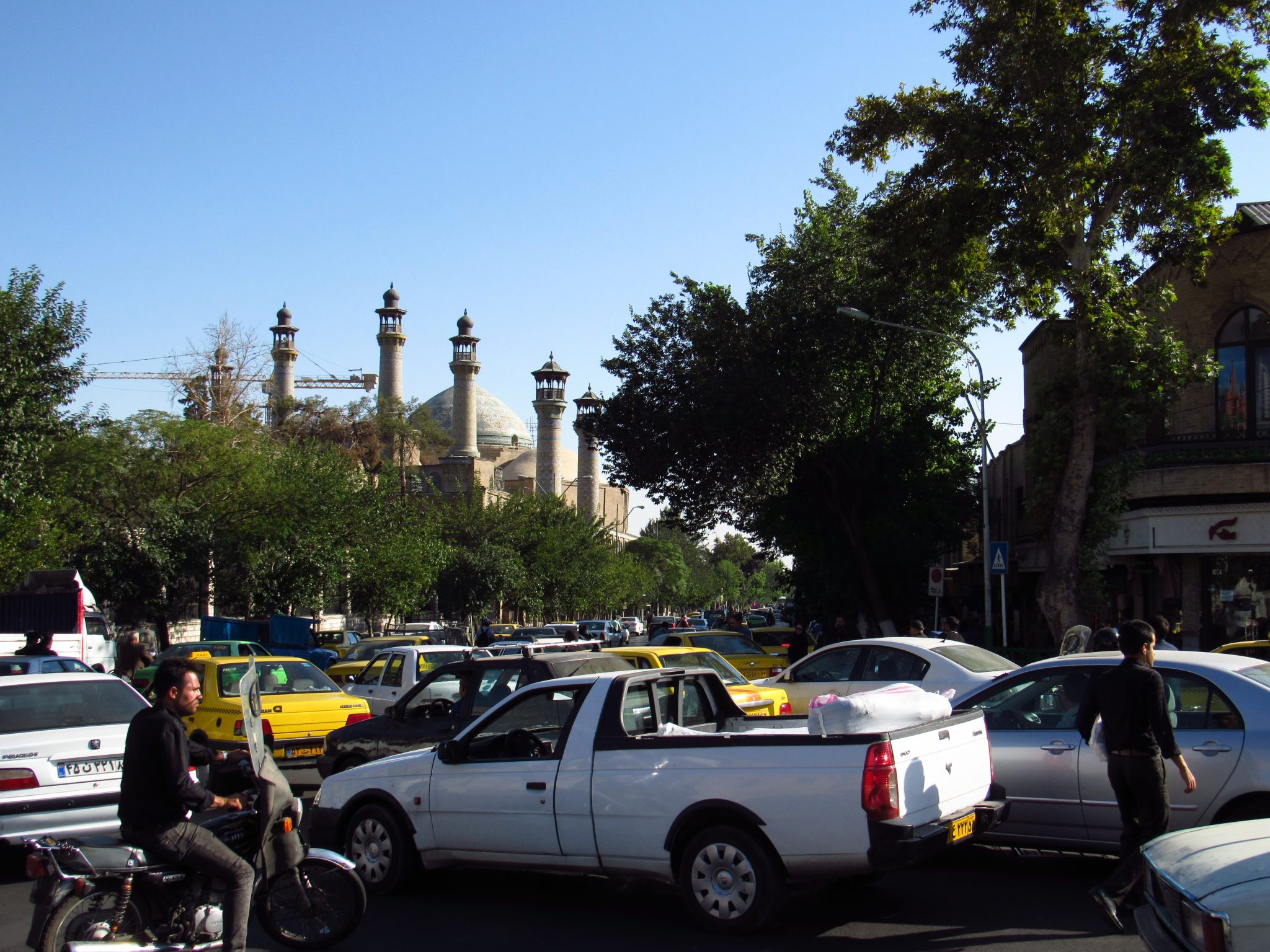
Attractions like Golestan Palace, Azadi Tower, Tabiat Bridge, and various gardens are the go-to photo spots of Tehran, and they did leave me good impressions. However, the highlight of my time in Tehran was witnessing the observance of Tasu’a, and the Day of Ashura, religious holidays of the utmost importance to Iran’s Shi’a Islamic faith. While almost no businesses were opened during the holidays, crowds, all dressed in black, flooded the streets, especially parts within the vicinity of any mosques. I could hear religious chants, songs, Quran recitals, and see parades. This was also my first encounter with Iranian hospitality, as I was constantly offered food and drinks in the streets with my fellow traveller friends. We spoke no Persian, they spoke no English, but we communicated through the language of warmth.

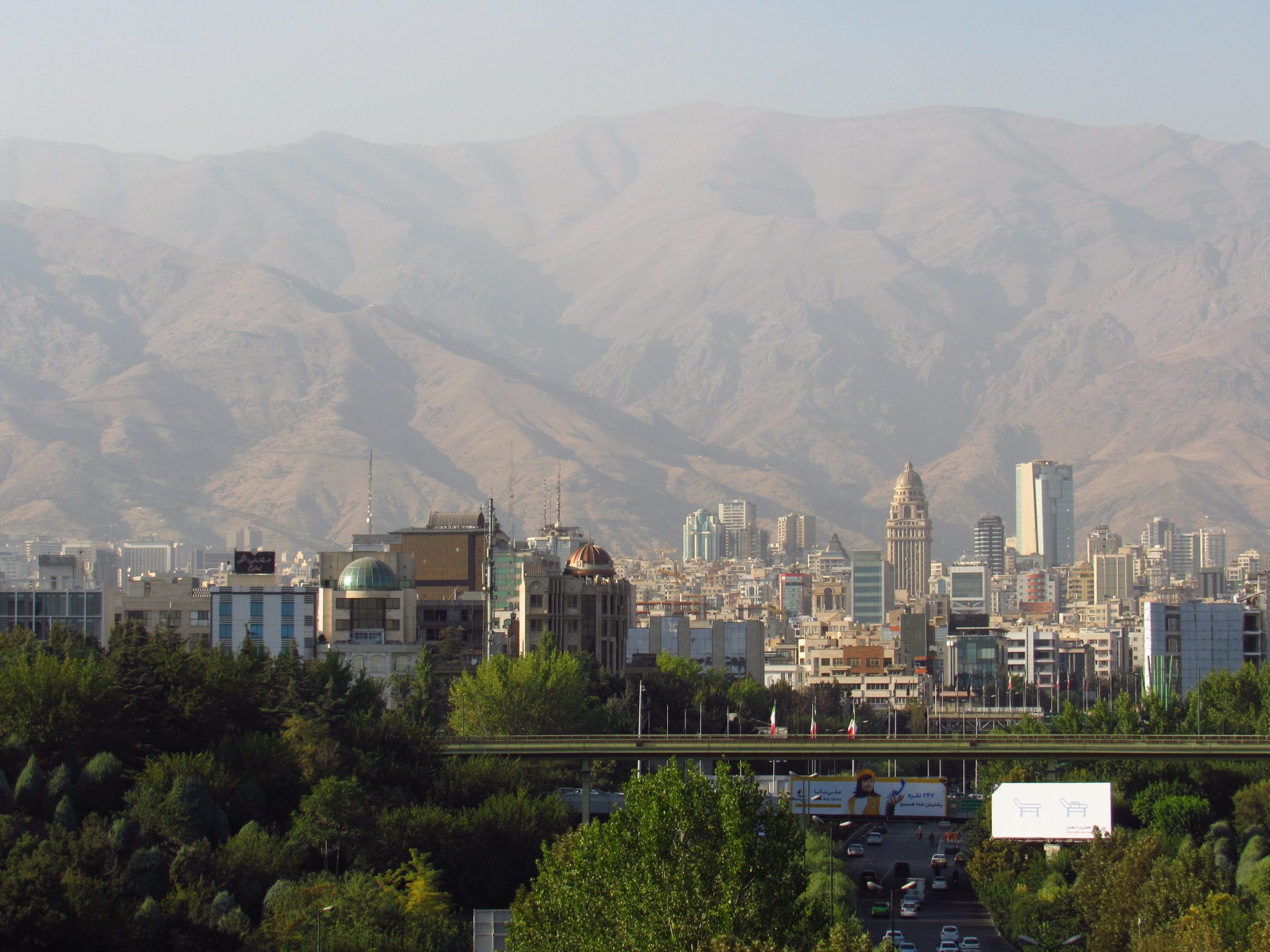
Iranian culture cannot be separated from religion, Islam, in particular Shi’a Islam, is present in almost every aspect of life. Religious holidays are not just days off for students and the workforce, the mosques are always full as people fully embrace their religious identities. Speaking about mosques, you can find a different mosque for every 10 minutes you walk, it is a place of worship, as well as a communal space.
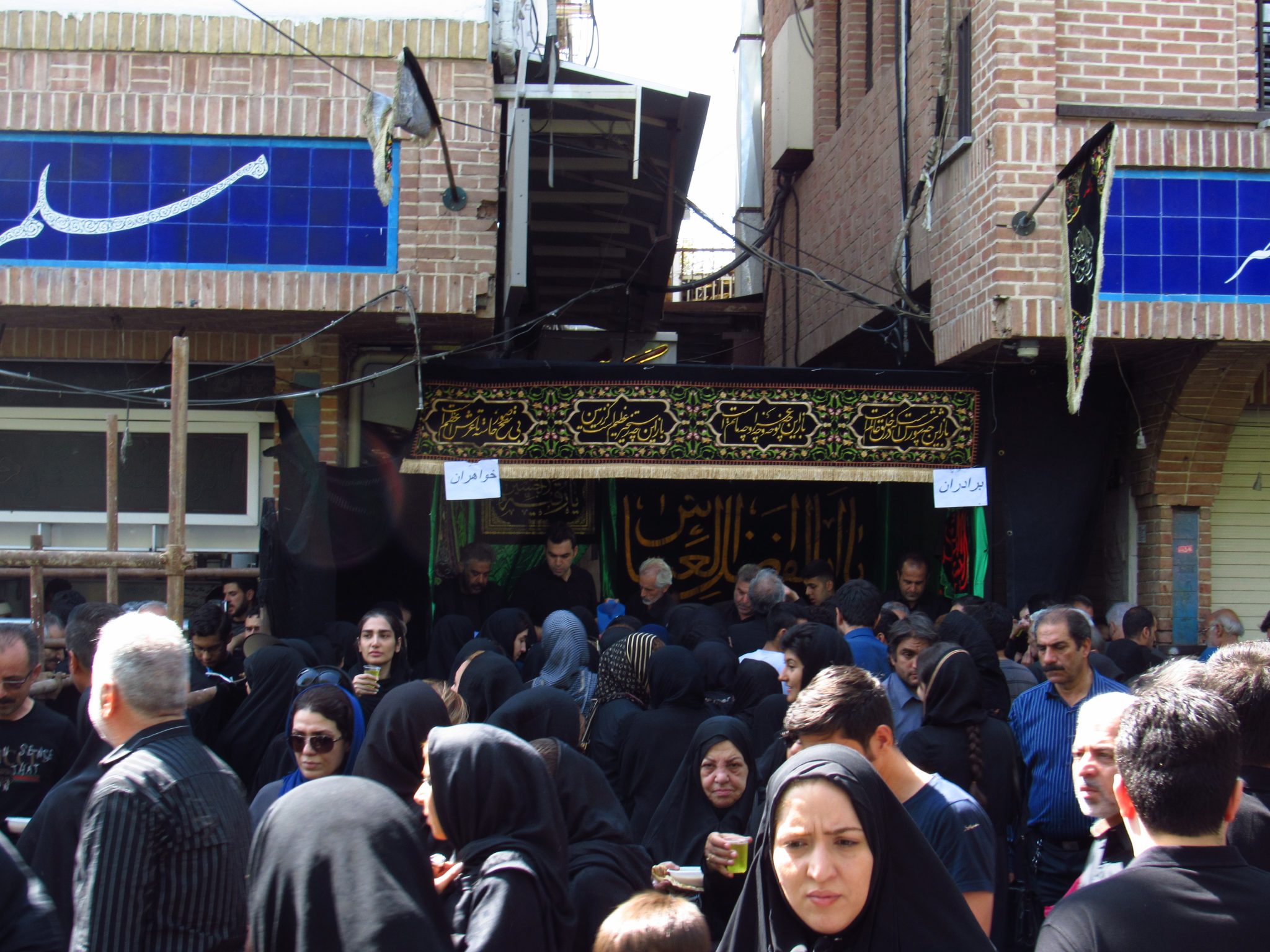

It was on one of the public holidays that I decided to visit the Grand Bazaar, around 80 percent of the shops were closed. In contrast, I had became the attraction for the locals who were there, it’s not often Iranians see an obvious foreigner walking alone. I also made the mistake of wearing knee-length shorts, which is not illegal, but something that Iranian adult men don’t do. Lesson learnt, read up on local customs carefully before heading somewhere new! Women would need to always cover up their hair with a veil in public, and dress modestly, this applies even to foreigners. When in Rome, do as the Romans.

With the continuous international sanctions imposed on Iran, the country’s currency: the Iranian Rial, is constantly fluctuating. Exchange rates found online are generally unreliable so there isn’t much point to checking. At the time of writing, IRR1,000,000 is equivalent to around MYR37. You can get a good fulfilling meal easily under MYR10, so no worries about emptying your pockets on food; taxis are also pretty affordable, and usually very thrilling because of peculiar Iranian driving habits, best buckle your seatbelts. As sanctions go, it also means many international brands do not conduct business here. Coca-Cola is one of the few rare ones that do, but even so, they have to be bottled locally.
Tabriz in Pictures
As I was headed towards the Republic of Azerbaijan in the North, I took an overnight sleeper train from Tehran to Tabriz in the East Azerbaijan Province of Iran. The East Azerbaijan and West Azerbaijan provinces are inhabited mostly by ethnic Azeris instead of Persians. Whilst the official written language here is still Persian/Farsi, almost everybody converses in Azeri Turkish. I spent two nights here at the home of a local – my host Milad who was nice and eager enough to show me the highlights of the region.
Tabriz is located much higher in altitude than Tehran, meaning summers are much cooler and winters much colder. I enjoyed the breezy weather in September, with temperatures staying between around 14 degrees celsius to around 18 degrees celsius. The landscapes of Iranian Azerbaijan are simply astounding. Long stretches of mountains and hills line up the out-of-town freeway, it’s the polar opposite of what you see in and around Tehran. You see the same reckless driving in the city, but when the last concrete building passes by, it becomes a scenic trail.
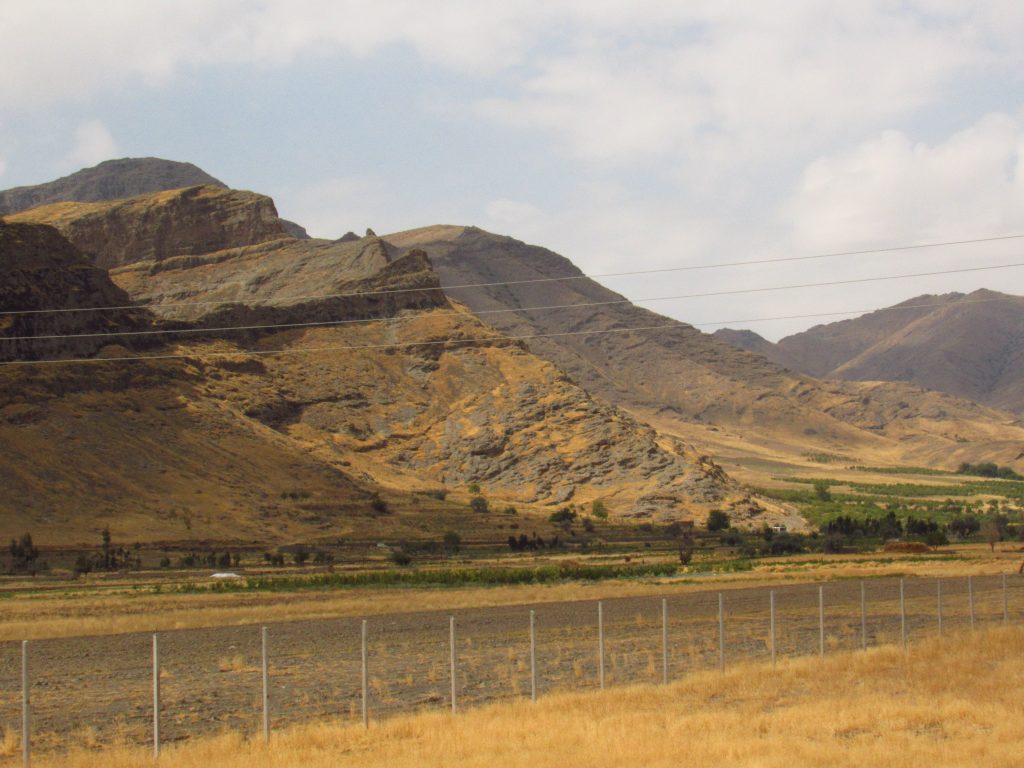
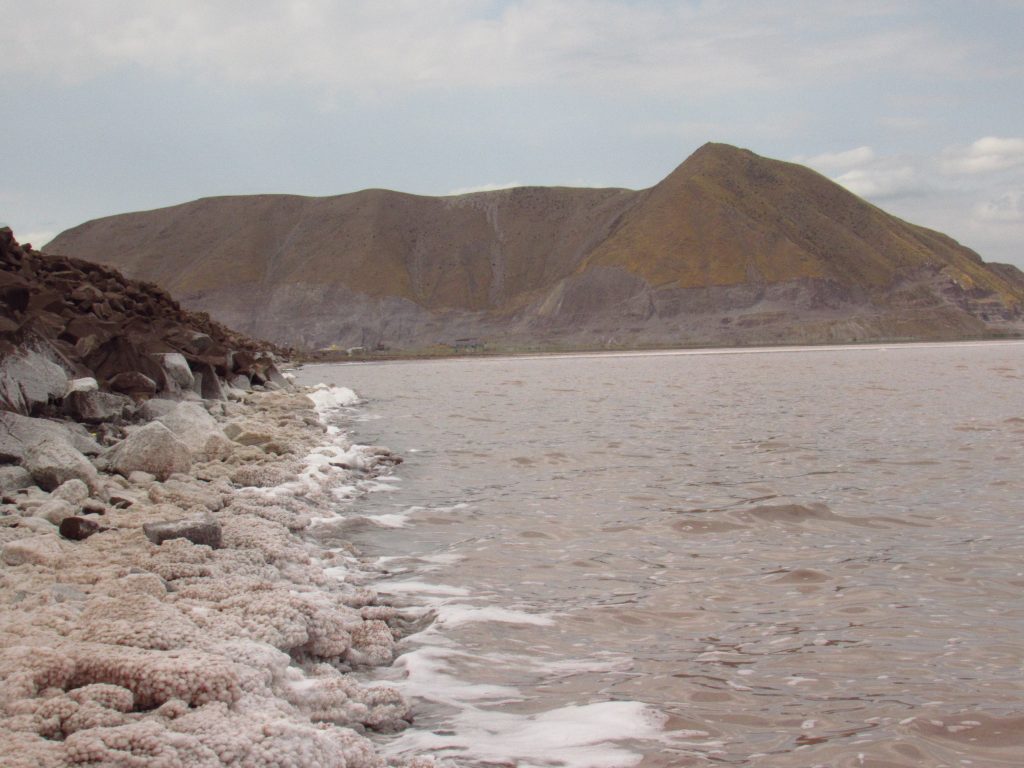
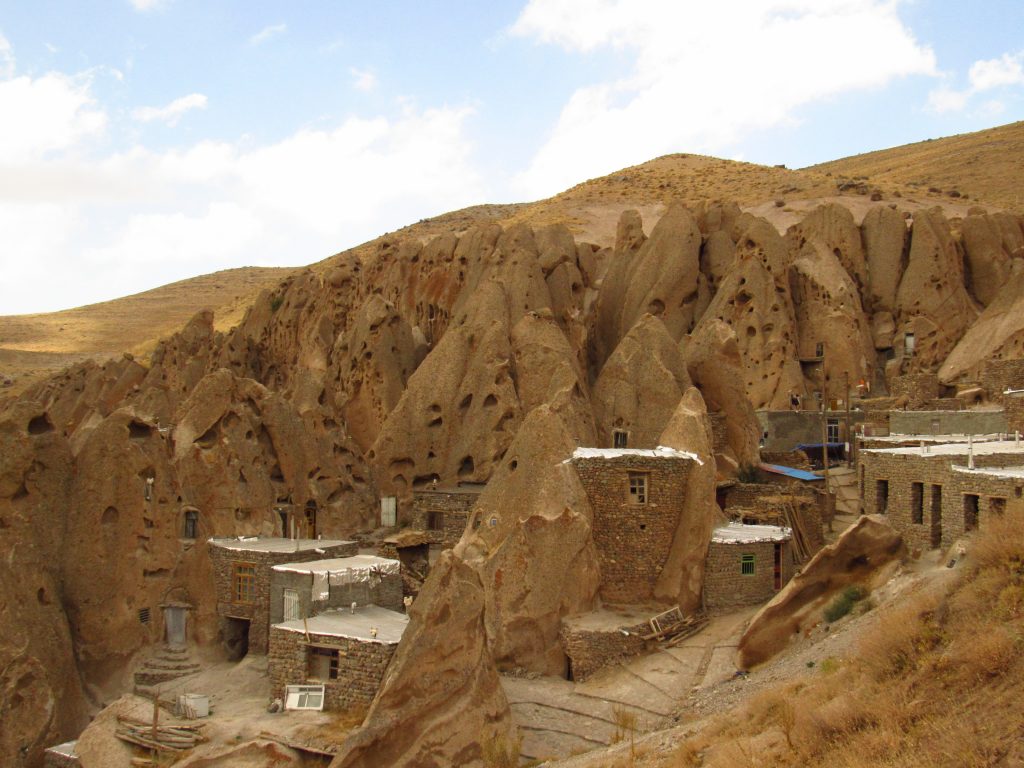
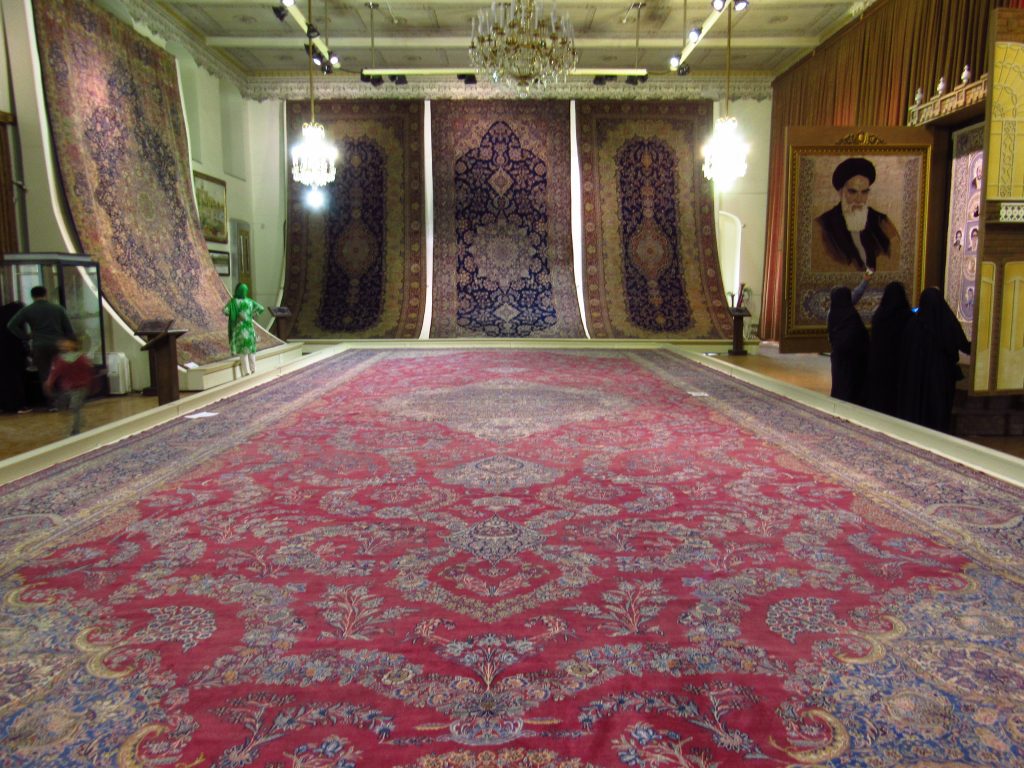
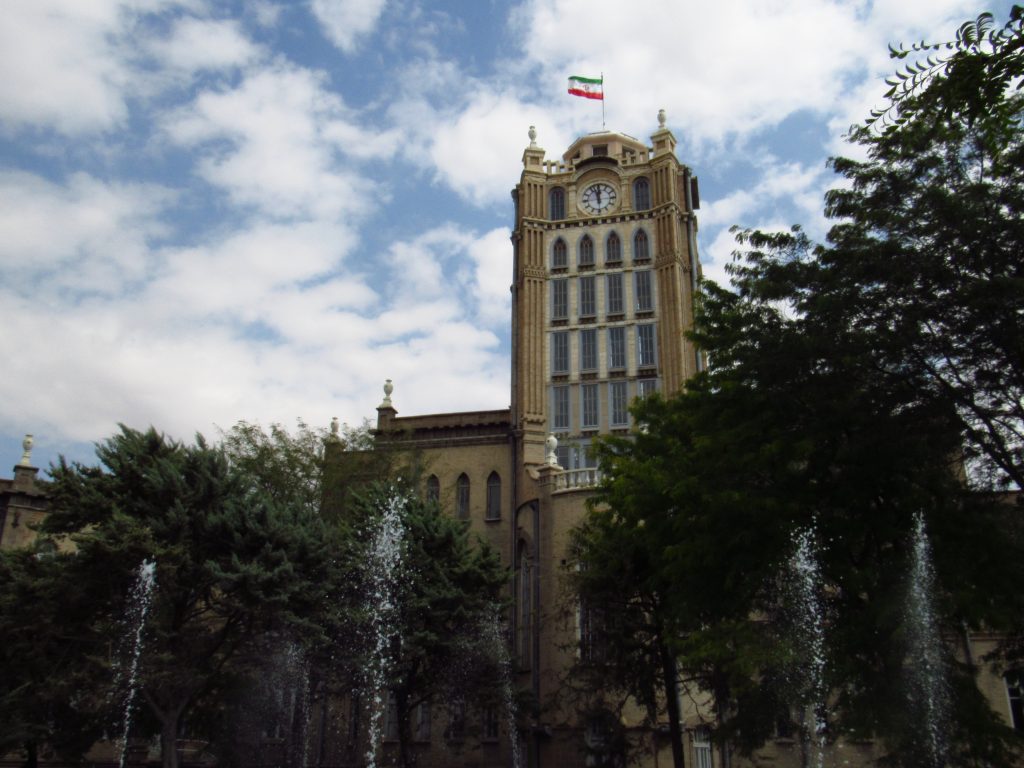
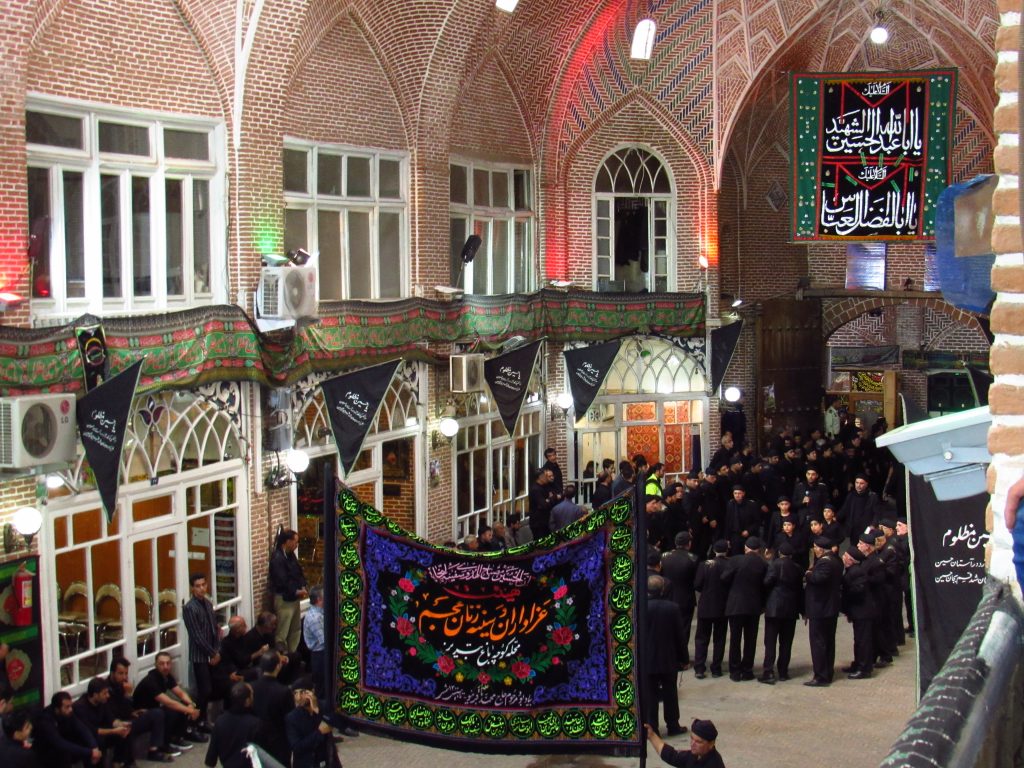
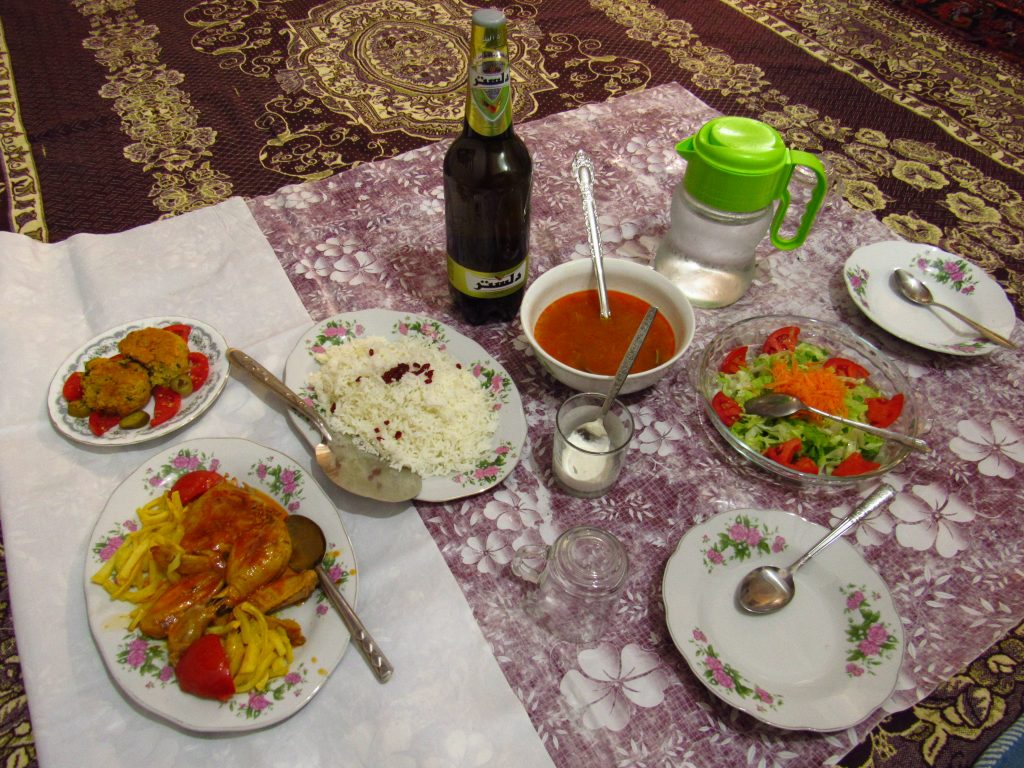
Final Thoughts
What can I say? I didn’t know what to expect for my first foray into the Middle East, I did have some doubts, but things turned out way better than I had hoped it would. Whilst the views were amazing, I am stunned by the enthusiasm and warmness of the people. There is no doubt I intend to return to this country in the near future, but expectations will be much higher!

Loved the pictures and your story behind it. Pictures are so very different from your insta stories’ pictures. I like the difference. Your words allowed me to imagine what the streets would be like with no empty spaces.
Stereotypically speaking, thought I’d read a few lines about Iran and go. But it kept me reading, from 1 sentence to another and from 1 picture to another.
Keep it up and post more! Hopefully 1 day it wouldn’t seem so scary to go Iran for a female traveller like me.